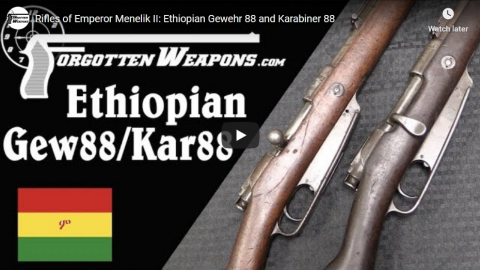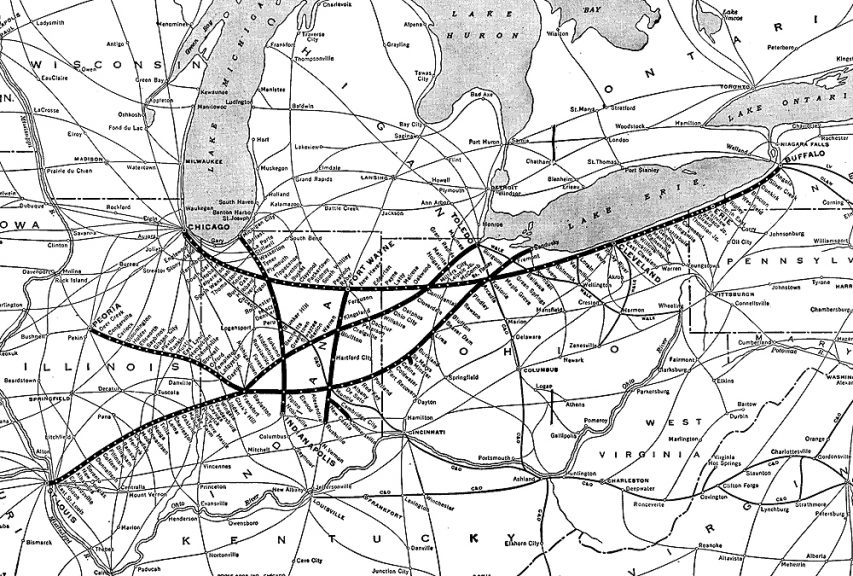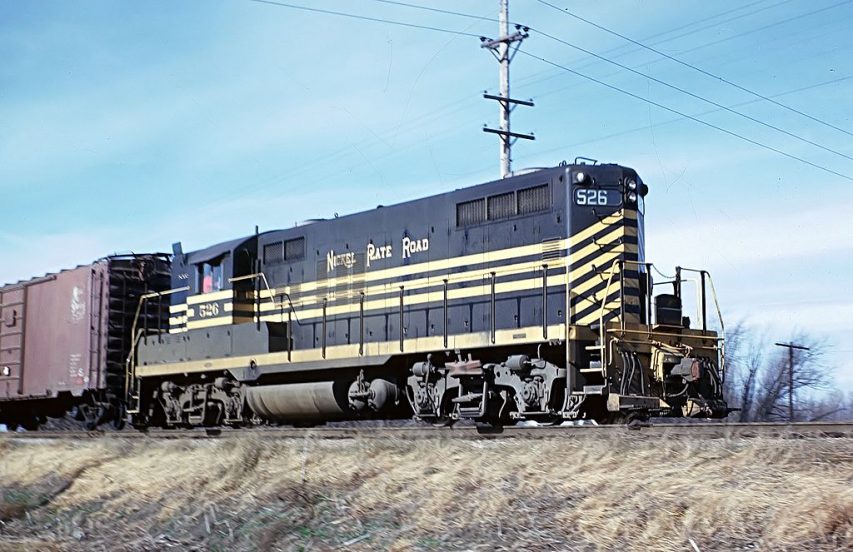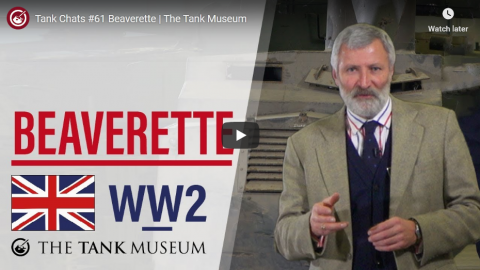Rex Krueger
Published 5 Feb 2020Watch me a teach a brand-new woodworker to set up and use a plane.
More video and exclusive content: http://www.patreon.com/rexkrueger
Get the Specialty Plane Bundle!!!!! https://www.rexkrueger.com/store/spec…Wood Work for Humans Tool List (affiliate):
Stanley 12-404 Handplane: https://amzn.to/2TjW5mo
Honing Guide: https://amzn.to/2TaJEZM
Green buffing compound: https://amzn.to/2XuUBE2
Cheap metal/plastic hammer for plane adjusting: https://amzn.to/2XyE7Ln
Spade Bits: https://amzn.to/2U5kvML
Metal File: https://amzn.to/2CM985y (I don’t own this one, but it looks good and gets good reviews. DOESN’T NEED A HANDLE)
My favorite file handles: https://amzn.to/2TPNPpr
Block Plane Iron (if you can’t find a used one): https://amzn.to/2I6V1vh
Stanley Marking Knife: https://amzn.to/2Ewrxo3
Mini-Hacksaw: https://amzn.to/2QlJR85
Blue Kreg measuring jig: https://amzn.to/2QTnKYd
Blue Handled Marples Chisels: https://amzn.to/2tVJARY
Suizan Dozuki Handsaw: https://amzn.to/3abRyXB
Vaughan Ryoba Handsaw: https://amzn.to/2GS96M0
Glue Dispenser Bottle: https://amzn.to/30ltwoB
Orange F Clamps: https://amzn.to/2u3tp4X
Blue Painters Tape: https://amzn.to/35V1Bgo
Round-head Protractor: https://amzn.to/37fJ6oz
5 Minute Epoxy: https://amzn.to/37lTfjK
Dewalt Panel Saw: https://amzn.to/2HJqGmOPlans, t-shirts, and hoodies: http://www.rexkrueger.com/store
Get my woodturning book: http://www.rexkrueger.com/book
Follow me on Instagram: @rexkrueger
February 6, 2020
Learn to use your hand plane!
The rise of the Saadi Empire of Morocco
In the latest Age of Invention newsletter, Anton Howes outlines the rise of a Morocco-based Islamic empire that beat the Portuguese and established a thriving smuggling network with England:
In 1500 you would have thought that Morocco’s golden ages were firmly in the past. The Portuguese in 1415 had conquered Ceuta, on the southern side of the Straits of Gibraltar, with minimal resistance. Over the next century they had then spread their influence across the Moroccan coastline, building forts, establishing small trading colonies, and interfering in local politics. Faced with constant raids, coastal towns like Safi, Massa, and Azammur submitted themselves to Portuguese vassalage in exchange for protection. And when local rulers failed to please them, the Portuguese installed new ones or even took direct control. A disunited Morocco was at the mercy of Portuguese colonial ambition — a source of grain destined for Portugal’s population, and of horses and patterned cloths for it to exchange in sub-Saharan Africa for gold and slaves.
In the 1510s, however, a new dynasty arose in Sus, in the south-west of the country, claiming direct descent from the Prophet Muhammad. These sharifs, the Saadi dynasty, began to fill the vacuum left by ineffective leadership from the sultans in Fez and Marrakech. And to address the massive power imbalance between themselves and the Portuguese, they began to cultivate sugar, selling it to other Europeans — Spanish, French, Genoese, Dutch, and English — in exchange for gunpowder weapons.
The English were especially expert smugglers, frequently able to sneak past the Portuguese fleets to where they could trade directly with the Saadis. Merchants from the Hanseatic league even approached the English government about using English mariners to get iron shot to Morocco. Their request was denied — Elizabeth I and her ministers were always careful never to explicitly allow the munitions trade, even in private letters, and often publicly disavowed it — but it was common knowledge among London’s merchants that the government supported the smuggling. This was partly about having a supply of sugar independent of Portuguese and Spanish control, but it was also a matter of national security. Because hidden among the sugar, marmalade, candied fruits, and almonds that the English transported from Morocco, were also copper and saltpetre — crucial materials for England’s own gunpowder weapons (I still haven’t quite worked out why England needed to import copper, given it had its own deposits in Cornwall, but it seems to have been important and a secure supply of saltpetre was definitely essential).
Both sides benefited from the arrangement. By the mid-1540s, the Saadis had bought the firearms and artillery necessary to take Marrakech and Fez, effectively unifying the country, and had earned sufficient wealth to buy the allegiance of the Moroccan population, providing grain during periods of intense famine. With that allegiance, they began isolating the Portuguese forts along the coastline, denying them access to food, workers, and trade. From the perspective of the Portuguese crown, the forts thus lost their economic value, while becoming increasingly expensive to maintain. Rather than providing Portugal with Moroccan grain, the forts increasingly needed grain from Portugal. With the added pressure of Saadi sieges, now aided by massive artillery, Portugal began to lose their footholds, abandoning many of the rest. Thus, in the space of a few decades, the export of sugar (and saltpetre) by the Saadis had put the mighty Portuguese empire on the back foot.
Rifles of Emperor Menelik II: Ethiopian Gewehr 88 and Karabiner 88
Forgotten Weapons
Published 5 Feb 2020http://www.patreon.com/ForgottenWeapons
https://www.floatplane.com/channel/Fo…
Cool Forgotten Weapons merch! http://shop.bbtv.com/collections/forg…
In 1889, Emperor Menelik II ascended to power in Ethiopia, and would rule for 20 years, moving Ethiopia (aka Abyssinia) forward into the modern age. He brought railways, sewer systems, telegraph lines, and other modern amenities to the country, particularly the capital of Addis Ababa. In addition, Menelik II was a very capable logistician and military strategist, and decisively defeated an Italian colonial invasion at the Battle of Adwa in 1896. This victory was made possible by Ethiopian acquisition of modern arms of many types. Early support came from Orthodox Russia in the form of Berdan rifles, but other arms would flow into the country as well, including Gewehr 88 and Karabiner 88 rifles and carbines. These two are marked in Amharic as Menelik’s property, and are a part of what allowed Ethiopia to be the only major African nation not colonized by Europe.
Thanks to InterOrdnance for giving me access to these rifles to bring to you!
Contact:
Forgotten Weapons
6281 N. Oracle #36270
Tucson, AZ 85740
Fallen flag – The Nickel Plate Road
Kevin J. Holland provides a brief look at the history of the New York, Chicago & St. Louis, better known as the “Nickel Plate Road”:
The New York, Chicago & St. Louis opened between Buffalo and Chicago on October 23, 1882, in many spots east of Cleveland just a stone’s throw from rival Lake Shore & Michigan Southern Railway. What would become the Nickel Plate became a Vanderbilt property in January 1883.
Although eclipsed by the Lake Shore’s plush limiteds, NYC&StL from 1893 fielded three unpretentious, reliable Chicago to Buffalo, N.Y., passenger trains, establishing a long-standing pattern of modest passenger service. In 1897, Delaware, Lackawanna & Western entered the picture, conveying NYC&StL cars from Buffalo to Hoboken, N.J.
“The great … Nickel-plated railroad”
When NYC&StL was being surveyed, Editor F. R. Loomis of Ohio’s Norwalk Chronicle waxed enthusiastically on the railroad coming to town referring to it as “the great New York and St. Louis double-track, nickel-plated railroad.” Use of “Nickel Plate Road” proliferated, in newspapers and by the road itself.In 1914, LS&MS and Nickel Plate were wards of New York Central. Passage of the Clayton Act that same year was intended to bolster the earlier Sherman Antitrust Act, and left NYC with a dilemma. Enter brothers Oris P. and Mantis J. Van Sweringen, self-made Cleveland real-estate developers who purchased acreage from NYC Vice President Alfred H. Smith. “The Vans” as the brothers were known, approached Smith, by then NYC president, to discuss their plans involving land owned by the Nickel Plate. As the Clayton Act’s divestiture deadline loomed, Smith engineered a sale to the Vans of not only the land they sought, but of the entire Nickel Plate Road. Their Alleghany Corporation holding company eventually included control of the Nickel Plate, Chesapeake & Ohio, Pere Marquette, Erie, Wheeling & Lake Erie, Chicago & Eastern Illinois, and Missouri Pacific.
The gaunt NYC&StL was ripe for re-equipping under its new owners. Addressing the Vans’ lack of railroad experience, Smith orchestrated John J. Bernet’s move from an NYC vice-presidency to be Nickel Plate’s president. Neglected physical plant and obsolete motive power received needed attention under Bernet, who reincarnated the road into a lean and aggressive contender.
Tank Chats #61 Beaverette | The Tank Museum
The Tank Museum
Published 7 Dec 2018David Willey talks about the Beaverette, which was recently acquired by The Tank Museum.
Beaverettes were manufactured as a “stop gap” measure when invasion threatened in 1940, using the chassis of civilian saloon cars. These armoured cars were only ever issued to the Home Guard and RAF airfield defence units.
Support the work of The Tank Museum on Patreon: ► https://www.patreon.com/tankmuseum
Visit The Tank Museum SHOP: ► https://tankmuseumshop.org/
Twitter: ► https://twitter.com/TankMuseum
Tiger Tank Blog: ► http://blog.tiger-tank.com/
Tank 100 First World War Centenary Blog: ► http://tank100.com/ #tankmuseum #tanks #tankchats
QotD: Saint Paul
The anti-booze activists of the church tend to waffle a bit when you bring up the wedding at Cana. It’s a metaphor for something else, they might say, or they come up with biblical quotes to justify their stance, most of which come from that Saint Paul chap, as far as I can figure out. Look, I’m sure Saint Paul was a decent fellow and good to his mother, but he was not a barrel of fun. Old Miseryguts — as I’m sure his former friends called him after his conversion — was against practically everything that makes this vale of tears at all palatable. You will look in vain for a joke of any sort in either of the Epistles to the Corinthians, and the Thessalonians don’t get off much lighter.
Nicholas Pashley, Notes on a Beermat: Drinking and Why It’s Necessary, 2001.










